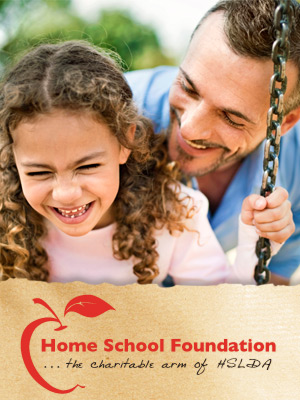
Every child has a unique developmental time table – when he or she will develop – set from birth. Some get their teeth early. Some get them late. Some walk early. Some walk late. But in the grand scheme of things, it doesn’t matter when it happened, as long as it does happen! Do we really know how old we were when we first walked, got our first tooth, or even learned to read? And does it really matter?
However, we all generally go through the same steps as we progress. For instance, a baby learns to roll over before he learns to sit. And a preschooler learns that words hold meaning before he learns to read. Although it can give us bragging fodder if our three year old can count to 1000, if those number words are meaningless to him, he lacks the foundation necessary for later mathematics. That’s why we could not more heavily recommend our Everyday Learning for Littles page for building a solid foundation.
Children also vary in learning style. One child’s attention to book learning may be substantial at age four while another child needs action and immersion to learn. One size does not fit all – which means that one four-year-old may flourish with workbooks while another will be stifled. You as the parent will know your child best and be able to determine if and when “textbooks” or “workbooks” are necessary in these early years.
Chances are that your child will do best with kinesthetic learning during these valuable, foundational years. However, if you have a child who seems ready for some limited “seat work,” we have asked some homeschool moms, teachers, and learning experts for recommendations (most of which can be found at christianbook.com):
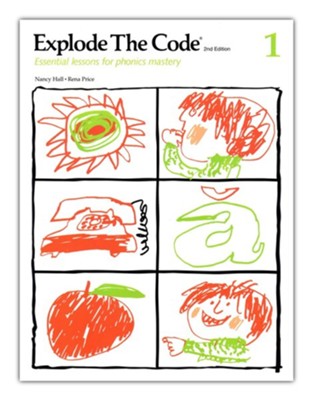
Explode the Code
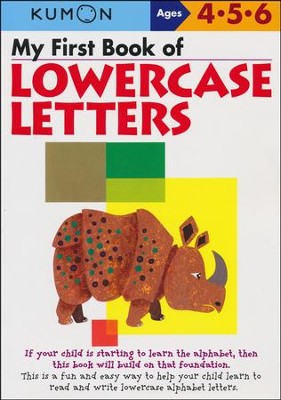
Kumon, My First Book of...
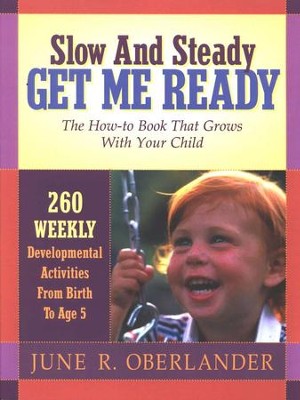
Slow and Steady

Ruth Beechick
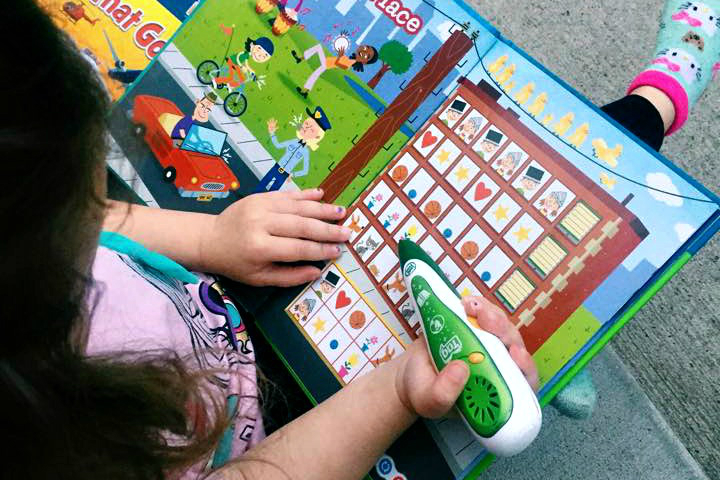
Leapfrog
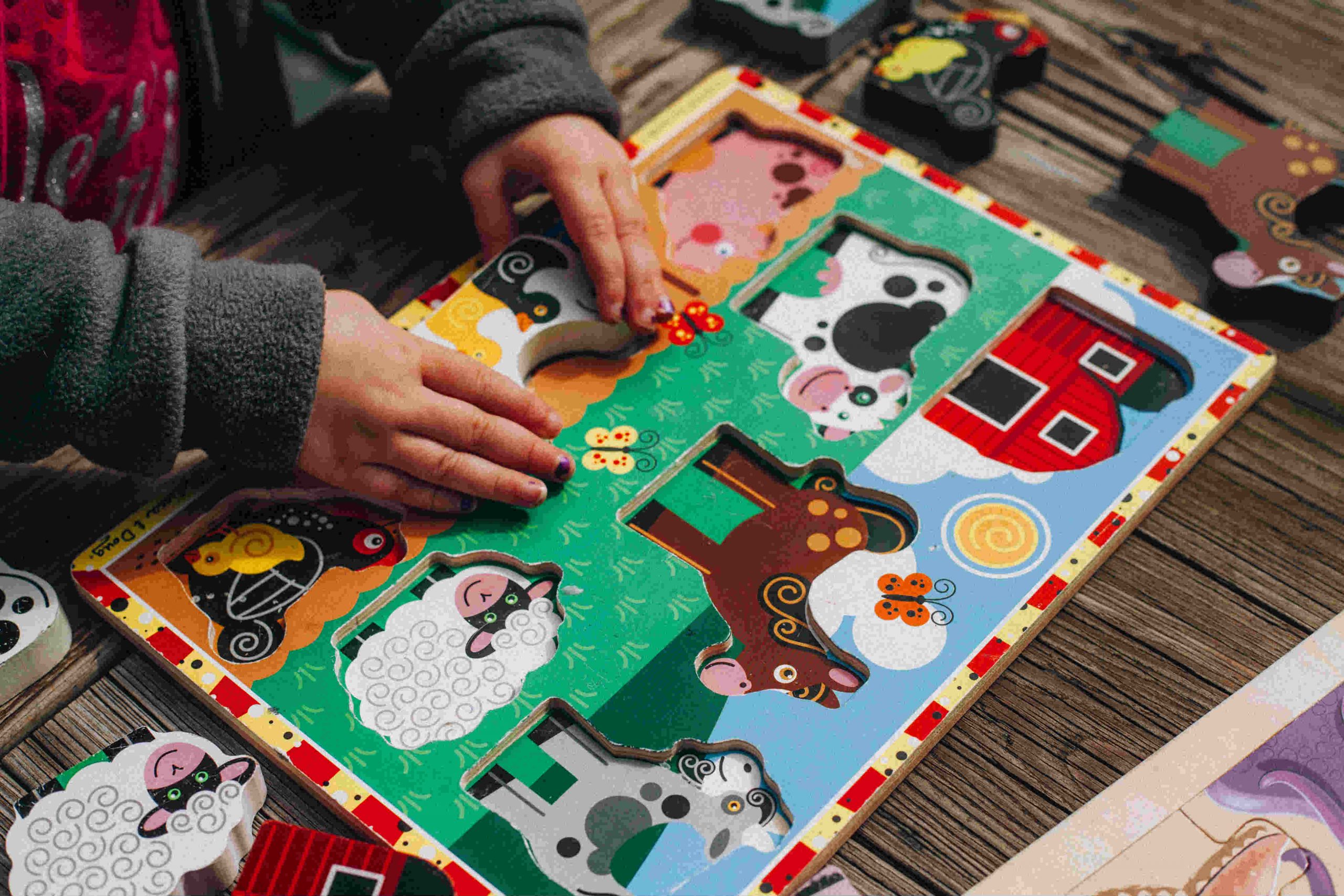
Melissa & Doug
One more thing…
There are a growing number of wonderful educational resources online. But perhaps there is truth in the old saying that you can have too much of a good thing. For more information, check out this article as well as this one.

